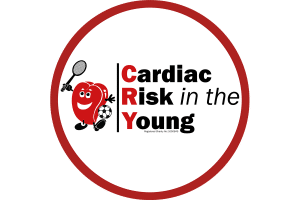Denise Zaffalon et al. European journal of clinical investigation. 2022 Jul 18. Read the paper here
Background: Physiological cardiac remodeling in highly trained athletes may overlap with dilated cardiomyopathy (DCM).
Objectives: the aim of this study was to investigate the role of the electrocardiogram (ECG) in differentiating between physiological and pathological remodeling.
Methods: The study population consisted of 30 patients with DCM who revealed a pathogenic variant at genetic testing and 30 elite athletes with significant cardiac remodeling defined by a left ventricular (LV) end-diastolic diameter > 62 mm and/or LV ejection fraction between 45% and 50%.
Results: The ECG was abnormal in 22 (73%) patients with DCM. The most common abnormalities were low voltages (n=14, 47%), lateral T wave inversion TWI (n=6, 20%), ventricular ectopic beats (n=5, 17%) and anterior TWI (n=4, 13). Two athletes revealed an abnormal ECG: complete left bundle branch block (LBBB) in one case and atrial flutter in the other. The sensitivity, specificity and accuracy of the ECG in differentiating DCM from physiological adaptation to exercise in athletes was 73% (confidence interval (CI): 54% to 88%), 93% (CI: 78% to 99%) and 0.83 (CI: 0.71 to 0.92) respectively.
Conclusions: While the ECG is usually normal in athletes exhibiting significant LV dilatation and/or systolic dysfunction, this test is often abnormal in patients with DCM harbouring a pathogenic variant. Low voltages in the limb leads and lateral TWI are the most common abnormalities.





